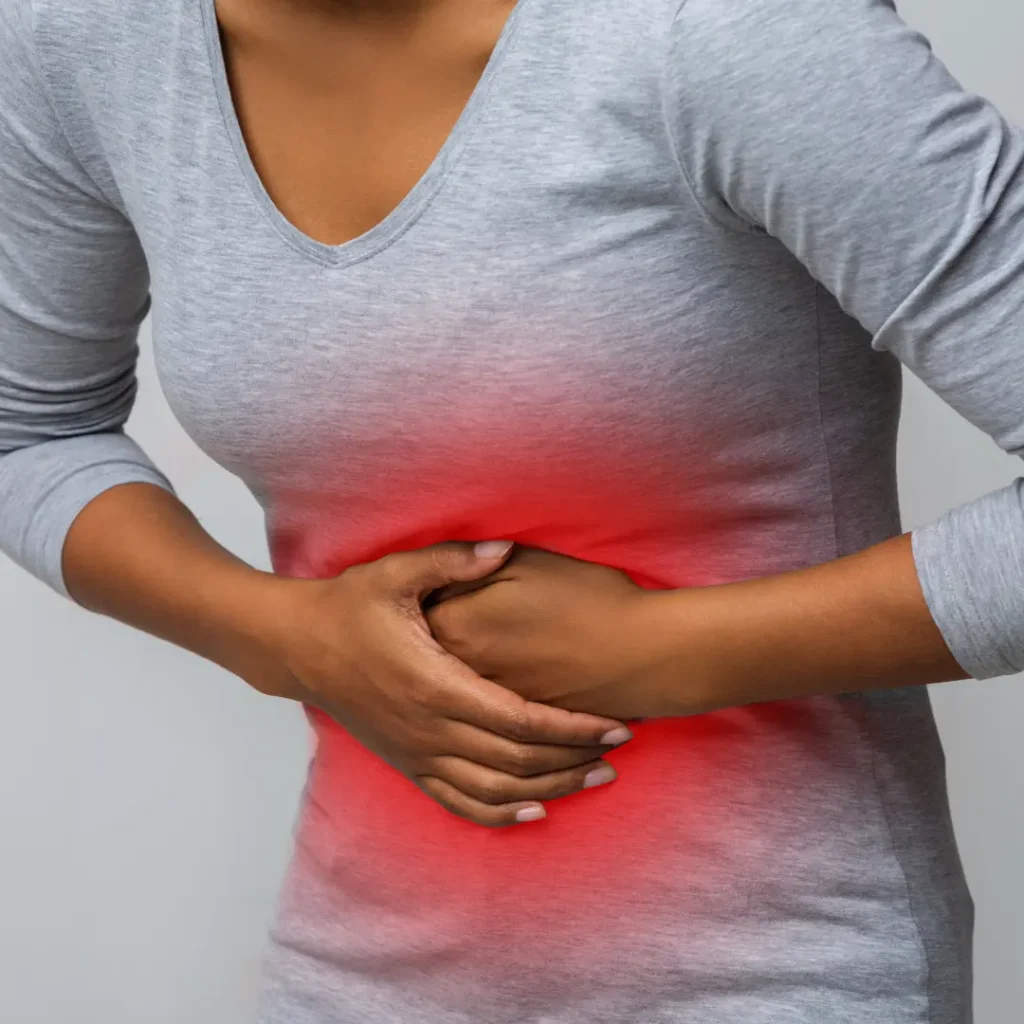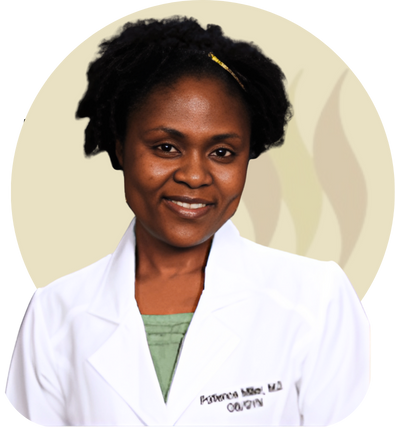Uterine Fibroids Treatment in San Antonio, TX
Heavy periods? Bloating? You don’t have to live in pain. Let us help you fast.
Board-certified OB-GYN Dr. Patience Miller offers compassionate care and effective treatments to help you regain confidence.

What are uterine fibroids?
Uterine fibroids are abnormal growths that are often found incidentally during a routine pelvic exam. The vast majority aren’t cancerous. Fibroids may or may not cause symptoms, such as heavy bleeding.
Uterine fibroids come in a variety of shapes and sizes. They can be the size of a pea or large enough to make you look pregnant. Fibroids may be on your uterus or inside your uterine wall. Some are attached to your uterus with a fleshy stem.
You may have just one fibroid or several. It’s not unusual for women age 35 and older to have fibroids on the larger side.
The most common age to have uterine fibroids is in your 30s and 40s. African American women are more prone to get fibroids than white women.
If you’re searching phrases like:
“fibroids in uterus symptoms”
“what are uterine fibroids”
“fibroid specialist in San Antonio”
Dr. Patience Miller is here to help.
Uterine fibroids can be symptomless.
However, you may want to watch for these common signs:
Common signs of uterine fibroids include:
- Painful or heavy periods
- Bleeding in between periods
- Pelvic pain or pressure
- Leg pain or backache
- Frequent urination
- Constipation
- Painful sex
If you have been searching for:
“why is my period so heavy and painful”
“signs of fibroids in uterus”
“fibroid pain relief in San Antonio”
And you suspect you have uterine fibroids, contact Dr. Miller for a diagnosis and the best treatment options.
How are uterine fibroids diagnosed?
Dr. Miller may be able to detect fibroids with a pelvic exam. She often recommends diagnostic tests to gather more information about the fibroids.
These tests include:
- Ultrasound: to view your uterus and other pelvic organs
- Hysteroscopy: a slim viewing device to look inside your uterus
- Hysterosalpingography: a special X-ray test
In some cases, Dr. Miller recommends laparoscopy. This procedure uses a slim device, called a laparoscope, to see inside your abdomen.
During a laparoscopy, Dr. Miller makes a small cut just below or through your navel, then inserts the laparoscope through the incision. The procedure allows her to see fibroids on the outside of your uterus.
How are uterine fibroids treated in San Antonio?
Treatment for uterine fibroids depends on your symptoms, age, reproductive goals, and the size and location of the fibroids. Dr. Miller creates a personalized care plan that may include:
Medications to manage bleeding or shrink fibroids
Hormonal therapy to regulate your menstrual cycle
Minimally invasive fibroid removal procedures
Surgical options (like myomectomy or hysterectomy) when symptoms are severe or fibroids are large
Whether your goal is pain relief, lighter periods, or preserving fertility, Dr. Miller will guide you through your choices with compassion and expertise.
If you’ve been searching:
“treatment for uterine fibroids without surgery”
“best fibroid doctor near me”
“uterine fibroid removal San Antonio TX”
—you’re in the right place.
Empower Your Health Journey

 4331 Medical Dr Suite 203, San Antonio, TX 78229
4331 Medical Dr Suite 203, San Antonio, TX 78229